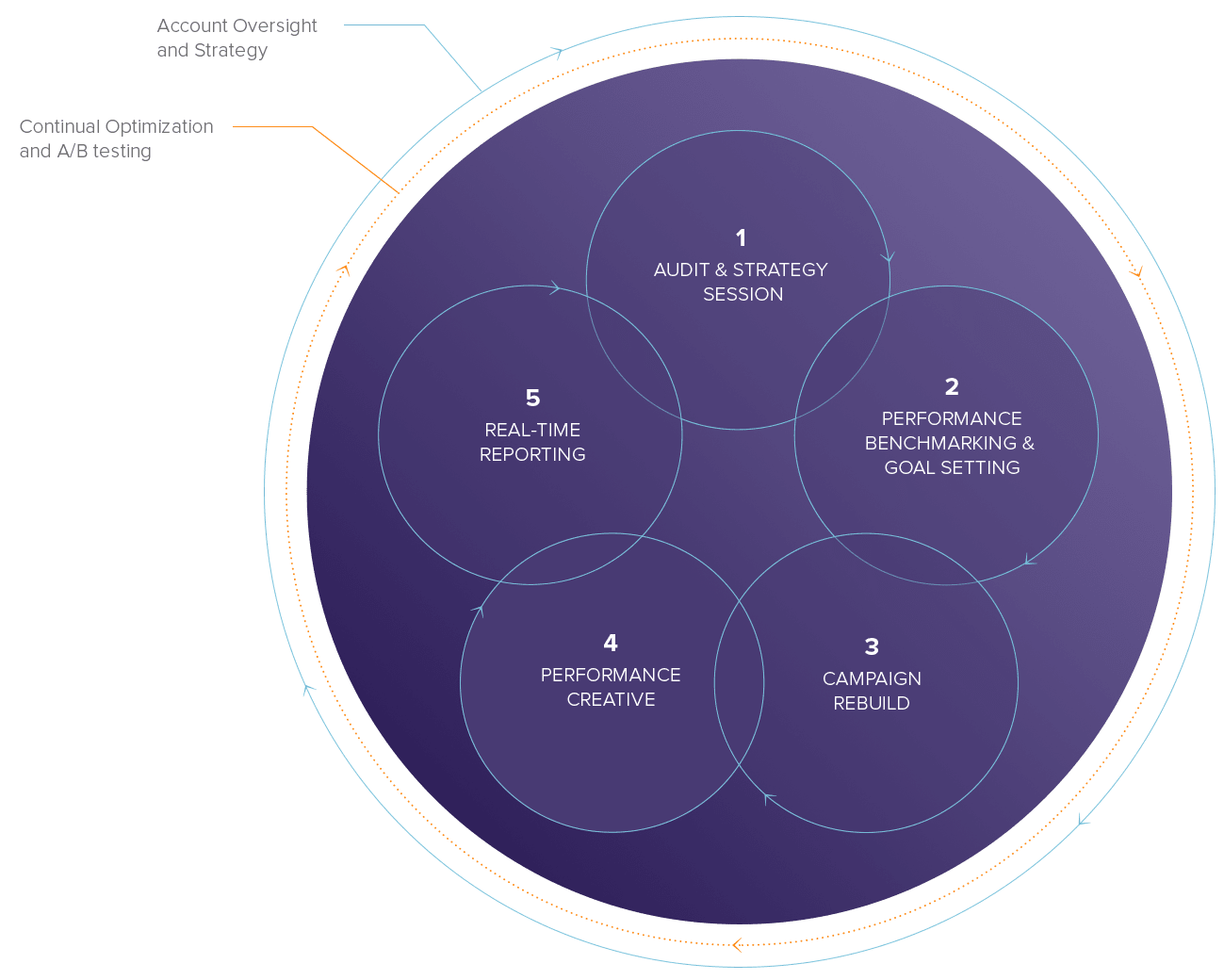Are You Guilty Of These Bad Email Marketing Habits?
 One of the best tips we can offer this year to improve your email marketing strategy is to be aware and break any bad email marketing habits you may be guilty of.
One of the best tips we can offer this year to improve your email marketing strategy is to be aware and break any bad email marketing habits you may be guilty of.
1. Don’t Batch and Blast
With the inbox getting more and more cluttered, people are looking for email messaging that is relevant to them. Yes, we know it’s not simple to customize messages for different demographics or behaviors. But it has become SO much easier and it is very rewarding. It’s a no brainer that as a heterosexual male I should not receive emails about skirts and high heeled shoes from my favorite brand. And if I am already a client of yours, sure, email me about platform features and best practices but stop trying to sell me!
Today’s technology enables easy segmentation of recipients based on demographics and status (location, client vs prospect…), and behavior (opens, clicks, visits, purchase history etc…). Then you can deliver targeted messaging within the same campaign using dynamic content and automation. So for 2016, make one of your goals to move from a single newsletter to segmented and personalized campaigns. If you still batch and blast, stop it!
2. Don’t Use Your Old Newsletter Templates
Do you still receive many newsletters that look like they were designed in the ‘60s and are impossible to read on your smartphone? I know I do. Do you know that reading email remains the #1 activity on smartphones? Given the continuous increase in mobile readership it’s imperative that your readers will have a great experience reading your newsletter on their smartphones without the need to continuously pinch in all directions as this reflects poorly on your brand and email results. Please break this bad habit and convert your old email templates to a mobile friendly responsive design and you’ll see your engagement and conversions increase!
3. Don’t Be Afraid of Automation
Yes, you’ll need to spend a bit of time thinking it through but automated emails will generate opens, site visits, leads, and sales while you sleep! Your time is better spent creating a few automated drip marketing campaigns such as welcome and registration series, and cart and browse abandonment, than scheduling your next email broadcast. Plan 1-2 new automation projects and either do it yourself or ask your email provider to create them for you.
4. Don’t Stop Building Your List
List churn is a natural evolutionary process and your list will shrink continuously as people move jobs and lose interest in your brand for whatever reason. So be diligent in using multiple channels to continuously grow your list. Consider pop-up signup forms to gain new subscribers. But be sure to optimize timing and subscriber psychology in your call to action for the highest conversion rate. Make sure your web site and social media channels have an easy way to subscribe to your lists. Offer an incentive if appropriate and only ask for the minimum amount of information (email address) to keep the friction down. Your goal should be to increase your list size month over month. If you’ve left the growth of your list to fate, stop it!

5. Don’t Send Every Campaign at the Same Time of Day
Timing is everything in marketing and given our busy inbox you want to send emails when readers are ready to engage. Catching customers not only when they are active, but are also actively interested in buying is tough. Nowadays, several email platforms (including OpenMoves) offer a send time optimization feature that allow you to send an email campaign to your recipients based on the historical times they open their emails. This simple feature can help you nudge your open rates so give it a shot, rather than a shot in the dark!
6. Don’t Jump to Remove Inactives
Some in the industry recommend you remove inactive recipients from your data base. I am not a proponent of this thinking as we know it’s not easy to grow your lists organically and your subscribers cannot engage with an email you don’t send them! So, assuming your subscribers have all opted in, definitely segment those that have not opened or clicked on an email in 6, 12, or 24 months and treat them differently but don’t remove them from your list. Consider sending these inactives different re-engagement campaigns with unique offers to try to bring them back to the fold.
7. Don’t Get Stuck on Campaign Percentages
Yes, open rates and click-through rates are important and easy to understand but don’t get stuck on these campaign-level statistics as you plan your email calendar this year. These KPIs can be misleading when looking at the individual campaign and not at the subscriber behavior over time. For example, is it better to send a monthly email with a 20% open rate (10,000 people) or a weekly email with a 10% open rate (20,000 people)? The bottom line that counts is what kind of final numerical results we get for our efforts. We want to see more people open our emails, click to our web site, and engage on our site by buying or downloading a white paper. So, if you are still focused on high-level campaign stats alone – stop it! Go ahead and send more frequent emails but weigh overall subscriber performance as the key indicator for success. As you increase your frequency keep an eye on your unsubscribe activity vs the increase in engagement and sales and decide on next steps accordingly.
8. Don’t Use No-Reply as the Email Return Address
Email marketing is a form of communications and should not be one sided. A ‘no reply’ could give the subscriber the assumption that you couldn’t care about them and what they have to say. Which is the exact opposite of the effect you want your email to have, isn’t it?
If you are an OpenMoves client please let us know if you need any help making these improvement or sign up for some training on how to use specific automation features.












